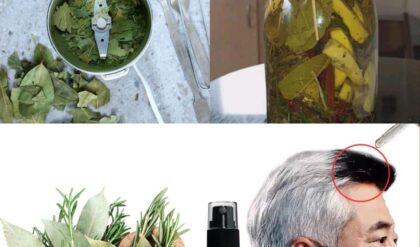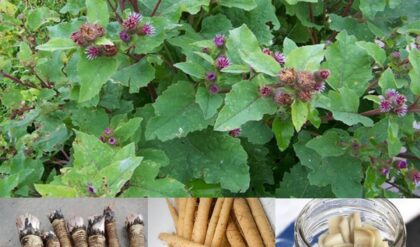Nettle fertilizer and nettle insecticide are powerful tools for any organic gardener. These natural solutions are not only eco-friendly but also simple to prepare and highly effective. In this guide, discover the incredible benefits of nettle-based products, learn how to make them, and use them to boost your garden’s health and productivity.

Why Nettle Fertilizer is Essential
Nettle fertilizer, often called nettle tea or liquid fertilizer, is a nutrient-packed, organic plant feed that can transform your garden. Here’s why it matters:
- Rich in Nutrients: Nettles are loaded with nitrogen, potassium, phosphorus, and trace minerals—essential components for robust plant growth.
- Enhances Soil Quality: It enriches the soil, improving structure, water retention, and nutrient availability.
- Natural Pest Deterrent: The strong smell of nettle fertilizer helps ward off certain pests, reducing the need for chemical pesticides.
- Cost-Effective Solution: Homemade nettle fertilizer saves money while reducing reliance on store-bought products.
How to Make Nettle Fertilizer
Creating nettle fertilizer is straightforward and rewarding. Follow these steps:

Ingredients: Fresh nettle leaves (handle with gloves), water, and a large container.
- Harvest Nettles: Gather fresh nettle leaves, preferably during spring or early summer. Wear gloves to protect against stings.
- Prepare the Container: Fill a large bucket or container with water, ensuring it’s proportionate to the quantity of nettles (use a 1:10 nettle-to-water ratio).
- Add the Nettles: Submerge the nettle leaves in the water.
- Steep: Let the mixture steep for 2-3 weeks, stirring every few days to aerate.
- Strain and Dilute: Strain the liquid, then dilute it with water (1:10) before applying to plants.
Use this organic fertilizer around the base of plants to enrich the soil and promote healthy growth.
Why Use Nettle Insecticide?
Nettle insecticide provides an effective, sustainable alternative to synthetic pest control methods. Here’s what makes it indispensable:
- Eco-Friendly: It’s safe for the environment, minimizing harm to beneficial insects and reducing chemical exposure.
- Budget-Friendly: A cost-effective solution that uses readily available materials.
- Pest Control: Helps combat common pests like aphids, mites, and caterpillars naturally.
How to Make Nettle Insecticide

Crafting nettle insecticide is just as simple:
Ingredients: Fresh nettle leaves, water, and organic soap.
- Harvest Nettles: Collect fresh nettle leaves while wearing gloves.
- Soak: Place the leaves in water (1:5 ratio) and let them soak for 24 hours.
- Strain: Strain the mixture into a spray bottle.
- Add Soap: Mix in a few drops of organic, non-toxic soap to help the spray adhere to pests.
- Spray Plants: Apply to affected plants, ensuring coverage on both sides of the leaves. Repeat every 7-10 days as needed.
Maximizing the Benefits of Nettle-Based Solutions
- Timing: Apply nettle fertilizer early in the morning or late in the evening to prevent leaf burn.
- Storage: Store any excess fertilizer in a sealed container for up to a month.
- Regular Use: Incorporate nettle fertilizer into your routine every 2-3 weeks for consistent results.
- Monitor Plants: Regularly inspect your plants to identify pest problems early and apply nettle insecticide promptly.
Conclusion
Nettle fertilizer and insecticide are essential for gardeners committed to organic, sustainable practices. These simple yet effective solutions enrich your soil, promote plant growth, and protect your garden from pests—all without harming the environment. By incorporating nettle-based products into your gardening routine, you’ll create a thriving, chemical-free garden that benefits both your plants and the planet.
Inspired by these eco-friendly techniques? Share this guide with your fellow gardeners and let nature do the rest!





